What's New In Robotics This Week - Sep 02

Posted on Sep 02, 2016 7:00 AM. 8 min read time
Robot spending spree; drone regulations bring business opportunities; Mark Zuckerberg's butler robot set for September demo; bots w/ human values; and much more... Find out what's happening in our robotics universe this week. We hope that the news we have selected will interest and amuse you. Enjoy!
Robot Spending Spree: Automation Systems Are Flying Off the Shelves (ZDNet)
The North American robotics industry set new records in the first half of 2016, according to the Association for Advancing Automation (A3), the industry's trade group.
North American companies ordered a total of 14,583 robots valued at about $817 million during the first half of 2016. The number of units ordered in the period marks a new record, growing 2 percent over the same period of 2015, which held the previous record.
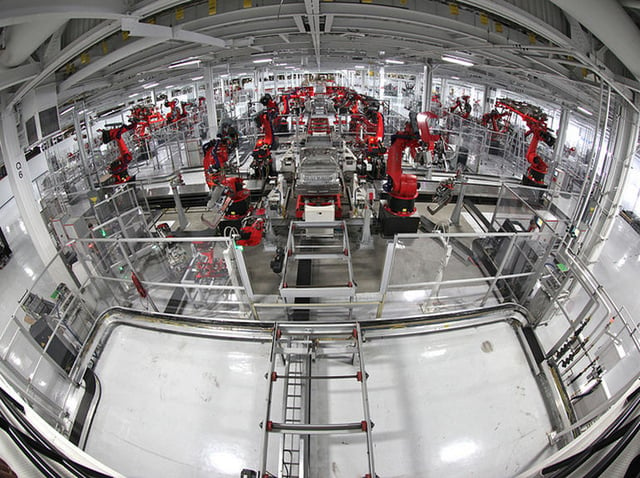
The number of robots ordered by automotive OEMs and component suppliers increased 16 percent and 4 percent, respectively.
Other areas of automation also showed growth in the first half of the year. For example, global shipments of motion control products grew by 3 percent to $1.54 billion. This was largely driven by growth in three key product categories -- actuators/mechanical systems, electronic drives, and motion controllers -- according to Motion Control and Motor Association (MCMA), another unit of A3.
In terms of robotics applications, the biggest increases were seen in inspection (69 percent), assembly (38 percent), and spot welding (21 percent).
Robotics Market Forecasts (Yahoo! Finance)
While we're on the topic of market reports and forecasts, market analysts Tractica are predicting that non-Industrial robots will overtake industrial robots in market size for the first time in 2016, driven by growth in the drone and consumer robot market segments.
Until now, industrial robots have made up more than 50% of overall robotics market revenue, however 2016 marks one of the critical turning points of this shift in the robotics market, as Tractica estimates that industrial robots will drop to 41% of total robotics revenue, with the remaining 59% coming from non-industrial robots. The non-industrial sector largely consists of consumer robots, enterprise robots, military robots, and UAVs.
Regulations on Civilian Drones in the US and Europe, What Do They Involve? (Robohub)
"With new markets on the horizon, regulations governing civilian drones are currently being adapted in Europe and the US. What will these new regulations entail? And how well will they protect people and the environment?" asks this fascinating article focused on the situation in Europe regarding drone regulation.
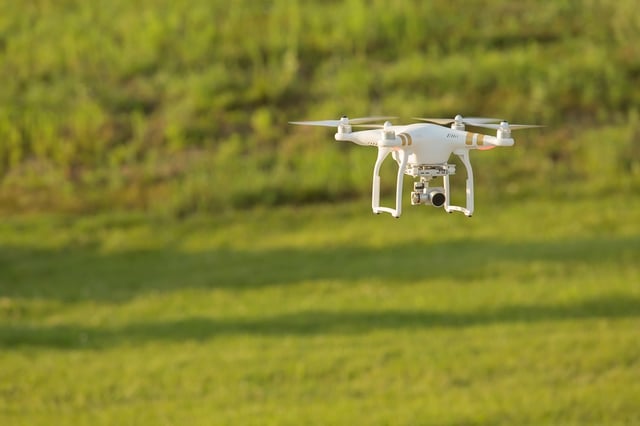
Make no mistake, drones are a key component of Europe's economic future:
"The European Commission is expecting a turnover of approx. EUR 15bn p.a. and up to 150,000 new jobs in the field of drone technology in the next ten years. In the US, an industrial study anticipates a turnover growth peaking at USD 82.1bn and assumes that about 104,000 new jobs will be created by the year 2015."
"Future regulations must not merely focus on economic aspects, continue the authors. "Irrespective of the competition between locations, they must protect people and the environment. Failing that, drone flights will not gain acceptance in the future."
Now You Can Finally Use Your Drone to Make Money (MIT Technology Review)
And this is why regulations are so important; they enable a legal framework which protects consumers and manufacturers and allows new industries to grow.
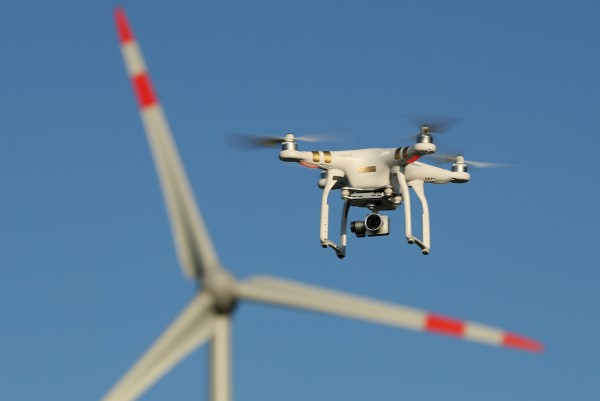
As MIT Technology Review reported this week, "a large menu of [...] commercial drone missions will become legal on Monday thanks to new federal rules."
The U.S. Federal Aviation Administration’s new drone regulations limit commercial operations to relatively low-risk scenarios. The aircraft must weigh less than 55 pounds, remain below 400 feet, and cannot fly beyond the operator’s visual line of sight, at night, or directly over crowds of people.
But limiting flights to this fairly narrow context isn’t a problem, says Chris Anderson, the former Wired editor-in-chief who is now CEO of 3DR, a leading drone maker. “The vast majority of commercial uses that we can think of fall into that space perfectly,” says Anderson. “It’s a nice alignment between what’s safe, what the FAA feels is an easy thing to do now, and what’s commercially attractive.”
Mark Zuckerberg Is About to Unveil His Robot Butler (recode)
Mark Zuckerberg has announced plans for a demo of the smart home AI system he's been developing...
“I’m making progress,” Zuckerberg said at a public Q&A in Italy on Monday. “I hope to have a demo ... next month. [September]”
Zuckerberg wrote about the project back in January and anticipation is sure to build between now and the public demo. According to Zuckerberg, the system is already able to control temperature and lighting.
“[That’s] much to the chagrin of my wife, who can now not control the temperature because it is programmed to only listen to my voice,” Zuckerberg joked. “Which is one of the perks of being an engineer, you can do that.”
Swiss Post to Test Robots to Deliver Parcels, Maybe Even Chocolate? (Digital Trends)
Swiss Post is the latest firm to start testing Starship's terrestrial delivery drones, following in the footsteps --or wheel tracks-- of ongoing trials in the UK and Germany.
Swiss Post will use the bots to deliver parcels within a 5km (3.1 mile) radius, but for the first few months, they will be hauling dummy packages, according to Claudia Pletscher, Swiss Post head of development programs and innovation.
There is no plan to use the robots exclusively for ground deliveries. “We don’t believe in substituting the human being part,” said Pletscher.
The first objective is to measure pedestrian and customer reactions to the five robots in the initial testing. If the feedback is positive, then Swiss Post will decide about further deployment and use with real packages.
UC Berkeley Launches Center for Human-Compatible Artificial Intelligence (Berkeley)
UC Berkeley has launched a new Center for Human-Compatible Artificial Intelligence, led by AI expert Stuart Russell.
Russell, who researches ways to incorporate human values into AI design, says the primary focus of the center is to ensure that AI systems are beneficial to humans.
The center is being launched with a grant of $5.5 million from the Open Philanthropy Project, with additional grants for the center’s research from the Leverhulme Trust and the Future of Life Institute.
One approach Russell and others are exploring is called inverse reinforcement learning, through which a robot can learn about human values by observing human behavior. By watching people dragging themselves out of bed in the morning and going through the grinding, hissing and steaming motions of making a caffé latte, for example, the robot learns something about the value of coffee to humans at that time of day.
“Rather than have robot designers specify the values, which would probably be a disaster,” said Russell, “instead the robots will observe and learn from people. Not just by watching, but also by reading. Almost everything ever written down is about people doing things, and other people having opinions about it. All of that is useful evidence.”
And Finally...
Stay tuned for new robot, says Sony CEO (PC World)
The ‘Intelligent’ Robot That Became Racist (Sputnik)
Introducing Drive.ai and a New Vision for Self-Driving (Medium)
Here's How Google Will Use A.I. to Help Fight Cancer (inverse)
IIC Approves Factory Automation Platform as a Service (FA PaaS) Testbed Proposed by Mitsubishi Electric, Hitachi and Intel (RIA)
Xiaomi launches new robot cleaner to rival Roomba (South China Morning Post)
Lowe's Introduce Autonomous Retail Service Robot (EPR Retail News)
On what cannot be automated (BCS)
Commercial UAV Sales will be Worth $3.4 Billion by the End of 2016 (sUAS News)
CBA & Stockland Unveil “Chip” The Robot (B&T)
Human friendly cage-free robots (Food Manufacture)


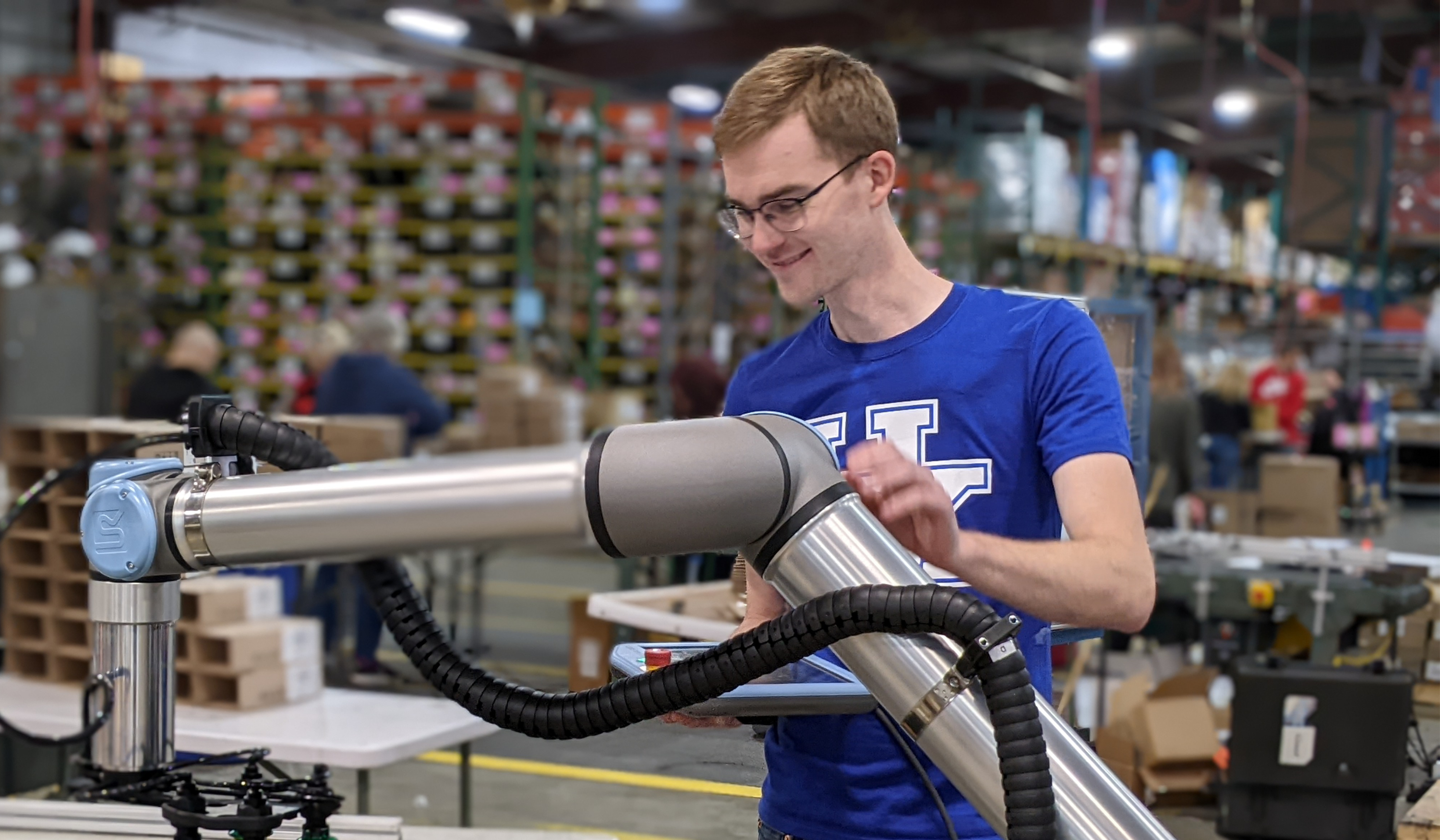

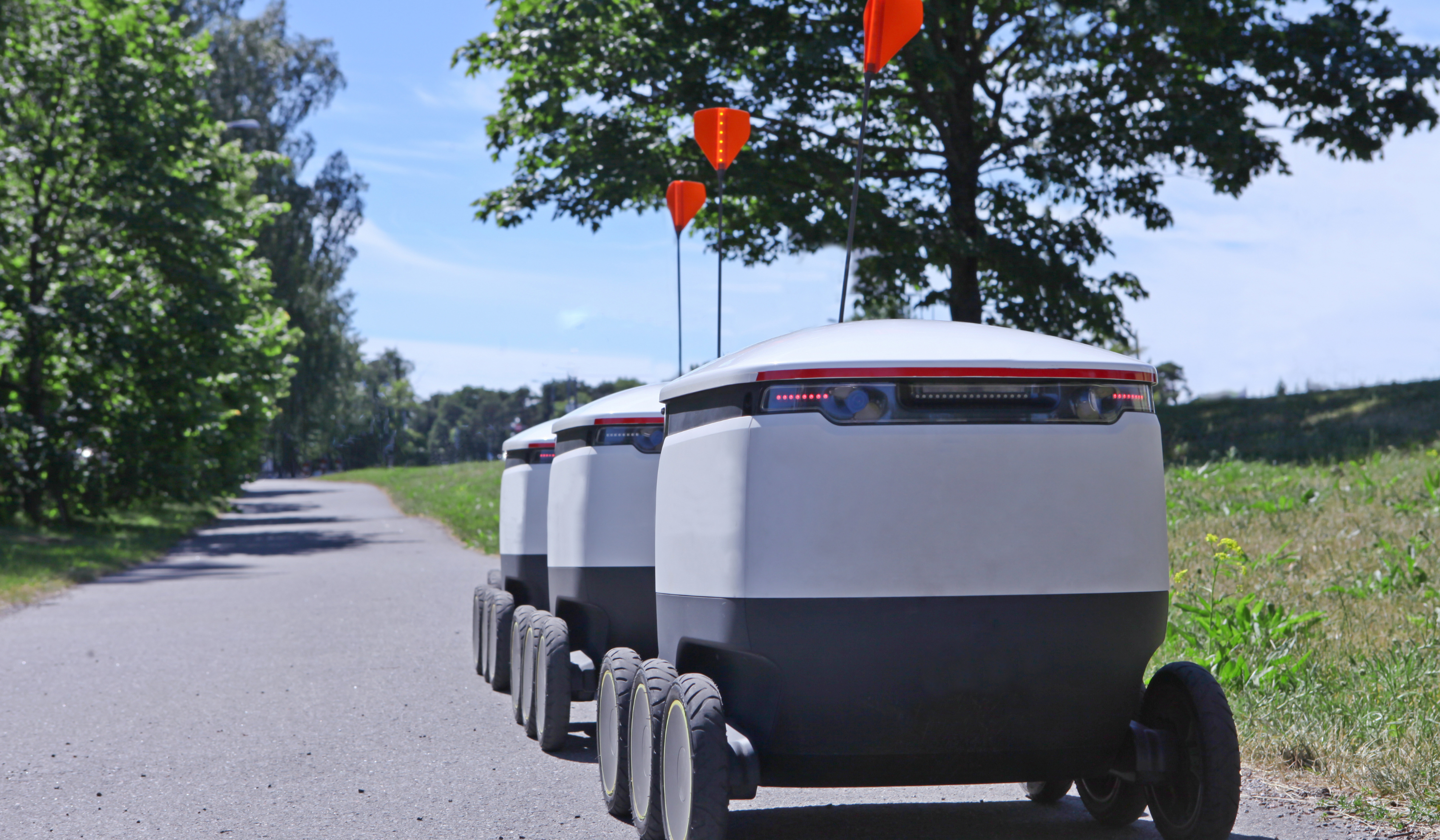
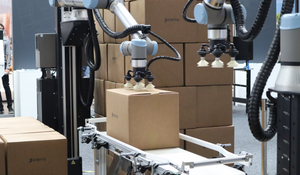

Leave a comment